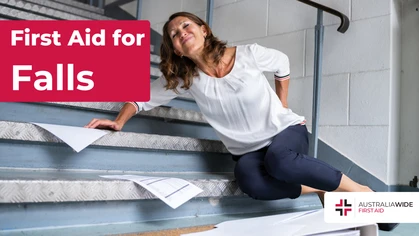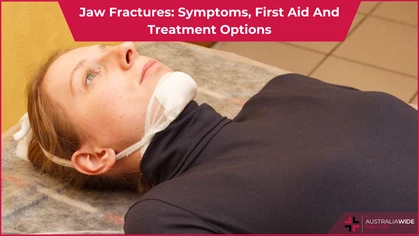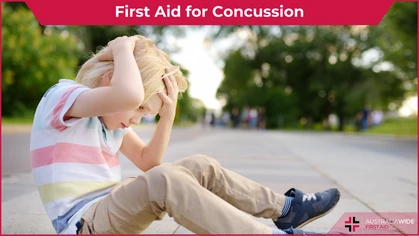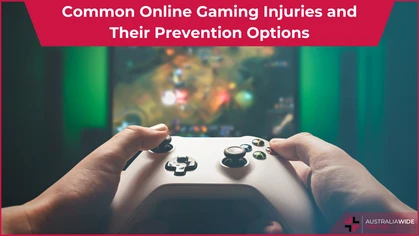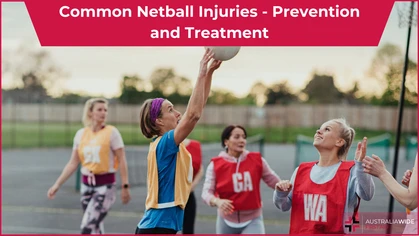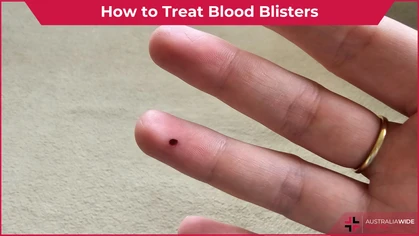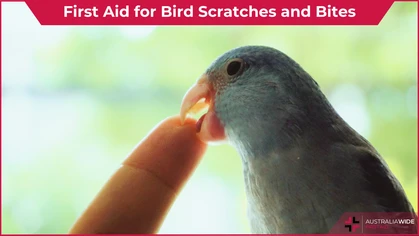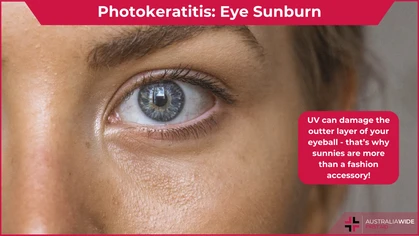Preventing Concussions in Sports

Injury
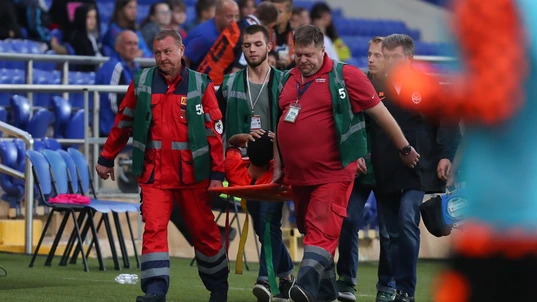
Here, a Ukrainian football player is stretchered off after experiencing a nasty concussion.
Concussions are serious head injuries that often occur after a severe collision. Concussions are becoming increasingly common in modern sports, as matches become more pressured, and competitors become more aggressive as a result. These injuries can be very easily ignored, which could lead to more serious damage. It is important that a potential concussion is correctly analysed before any determination is made. With this in mind, let's look at how a concussion is caused.Common Causes
Concussions are nasty injuries that need to be identified as soon as possible, so that they can be treated quickly and the risk of any lasting injury can be minimised. It is important that you know how a concussion is caused, as this will allow you to spot any potential danger while the action is happening. Overall, concussions are a result of a serious impact to the head. Therefore, if you see someone grab their head after a forceful challenge, there is a chance they are suffering from an immediate concussion. Normally, it is a good idea to assume this is the case, as this will require you to promptly take action. Depending on what sport you play, watch or coach, there may be different scenarios where a concussion may occur. In soccer, there are two common ways a concussion is caused: a player receiving an impact from the ball, or two players colliding. The former is likely to happen when a defender is blocking a shot or cross from an attacker; however, this could take place anywhere on the pitch, as there are more scenarios where this result is possible. The second possibility involves two players who are both committed to making a challenge. This could be a regular tackle which is poorly executed, or a headed challenge. A notable example of this was when Wolverhampton Wanderers’ player Raúl Jiménez was the victim of a major concussion, which left him unconscious and unable to play for almost three months. Other sports such as rugby, Australian rules football (AFL) and ice hockey all involve some sort of concussion risk, due to their aggressive nature. Statistics from the American National Library of Medicine from a study of two American rugby teams over three years, showed that one quarter of injuries suffered in rugby were concussions. In the case of football, statistics from the 2018/19 AFL season showed that 655 concussions were recorded, making up roughly one eighth of the total recorded injuries for that season. Clearly, any sport that involves some sort of aggressive element is susceptible to scenarios where a concussion could happen. If you are aware of such a possibility, you can provide assistance if, unfortunately, such an incident were to take place.
Exercises such as these may be useful. In this case, the medical professional is testing the player’s eyesight.
Concussion Symptoms
There are some specific symptoms you should look for when attempting to diagnose a concussion. Unfortunately, concussions are more common than you may think, so it is integral that you have the knowledge to act when such an injury occurs. There may not be a medical professional on site, which is the case at most amateur sporting events. The first step to treating a concussion is diagnosing it. After you have identified a possible incident, look for symptoms such as these:- The person appears confused, stunned and/or dazed. They will not act as though they are feeling ‘normal’. Due to the impact on the head, the brain moves within the skull and disturbs the surrounding cerebrospinal fluid, the protective fluid between the brain and the skull. This causes the person to appear confused and unaware of their surroundings.
- The person cannot remember instructions or facts. The confusion that is experienced upon receiving a concussion cause people to lose elements of their short-term memory. It is likely this will not last; however, this is always a sign of a concussion, even if they regain awareness of their memory after a minute or so. A sure way to test for concussion is to ask them some very basic questions. These may relate to the sport (e.g. what is the name of the team you play for?), their personal information (e.g. what is your name?) or simple general knowledge (e.g. what colour is the sky?). An incorrect answer, or one that takes the person a long time to think about, could signal a concussion.
- The person is moving clumsily or noticeably slowly. As their brain has been impacted, the person often cannot register basic concepts such as balance or simple movements, like walking. The best thing to do is to sit the person down, as this is the safest option in the case of a concussion.
- The person may be increasingly sensitive towards light and noise. Once again, due to the impact on the brain and skull, simple receptive functions cannot be registered as they are during normal brain activity. Shading or closing their eyes in a manner that demonstrates that they are sensitive to light may signal a concussion. Additionally, a concussion may be the case if the person is experiencing consistent ringing in their ears. Look for how they receive the world around them.
- Finally, the person becomes unconscious. In some extreme cases, the victim of a concussion can fall unconscious. This is normally because the brain has made contact with the skull, causing damage to neurons and possibly bruising the brain. This can sometimes be the case if the impact is significantly strong. It is important to check the person’s breathing, and make sure they are in a stable position on the ground. In most cases, the person will regain consciousness soon after the incident. Otherwise, seek professional medical help quickly.
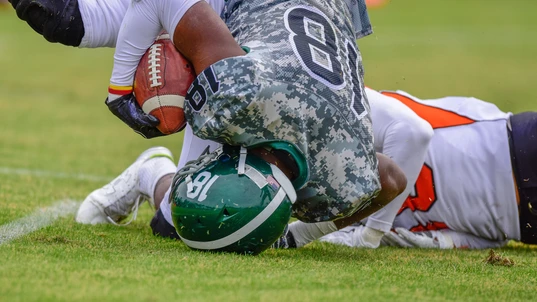
In aggressive and high-intensity sports like rugby league, protective headgear is sometimes the only sure-fire way to prevent concussions and other head injuries.
Preventing Concussions
Concussions can be prevented in some cases, though they are not always controllable. With an increasing number of concussions across a range of sports, it is important that coaches and officials make an attempt to prevent such injuries. Concussions can be damaging for a player’s physical health, as well as their confidence, so any effort to prevent them is worth trying. Here are some of the main ways that concussions can be prevented:- Make sure any equipment is in line with safety guidelines, and is high quality. Buying low-quality safety equipment is not worth the risk, and in the long term it may even be more expensive than buying high-quality, durable and strong equipment. Investing in better safety equipment is a great step towards preventing concussions, as this is the most controllable factor on this list. Safety equipment can involve helmets, gloves, knee/elbow pads, arm guards etc. Obviously, preventing head injuries will require good quality helmets/protective headgear, but you can help limit other injuries by buying a range of safety products. Protective headgear is important for sports such as boxing, rugby and American football.
- Regularly remind players of the safety rules of your sport. It’s easy to get caught up in the action, and forget about the structures that are in place. Despite this, the rules of all sports serve the purpose of preventing the amount of damage that can be inflicted on opponents. Once the event is underway, it is up to the players and refereeing officials to ensure that nobody is harmed. Additionally, it is important for sporting organisations to properly educate their officials, so that all games are managed fairly. If players are aware that the referee is too lenient, they may take advantage of this and become too aggressive, and this is when injuries are caused.
- Lastly, you should be regularly promoting awareness of the dangers of concussion. If people understand the impact that a concussion has, it is more likely that they will be less aggressive, leading to a fairer, safer game. We all understand that sport can be exciting if players are making passionate challenges and tackles, but these scenarios can cause serious injuries. Make sure everyone in your team is aware of the possibility, dangers and effects of a concussion, and it may even be a good idea to spread awareness about the topic across all teams and players.
Treating Concussions
The best course of action to take, once a concussion has been diagnosed, is to seek professional medical attention. If you have attempted to diagnose someone, but you are still unsure, the best thing to do is to play it safe, and assume it is a concussion. Incorrectly diagnosing a concussion is perfectly okay – however, incorrectly assuming the person is okay, and not experiencing a concussion, can be dangerous. In order to know exactly what steps to take when you have diagnosed a concussion, here is a general guide:- Remove the player from the sport they were playing. Do not allow them to continue playing, even if they protest. By continuing to play after a concussion, the player is then in a scenario where they could cause further, harsher damage to their brain and skull. The person is dazed, confused and unfit to continue.
- Visit the hospital, or call an ambulance. Depending on the severity of the incident, you may need to seek medical attention in different ways. If the person has experienced a regular concussion, it is worth visiting the hospital and having a professional opinion on the diagnosis and treatment of the incident. If the concussion has resulted in unconsciousness, call an ambulance. The nature of the injury is severe enough to warrant this course of action.
- Take any appropriate action. If the doctor has recommended daily activities to help ease the brain back into action, make sure you complete these. Medicinal drugs are not prescribed as treatment for concussion, so these are not required. Instead, time and rest are often the best way to recover from a concussion. Walking and stretching are good examples of basic exercises you can use to treat a concussion in the following days and weeks. Make sure not to overexert yourself too soon.
Originally published at
https://www.australiawidefirstaid.com.au/resources/preventing-concussions-in-sports
as part of the Australia Wide First Aid Articles Library
